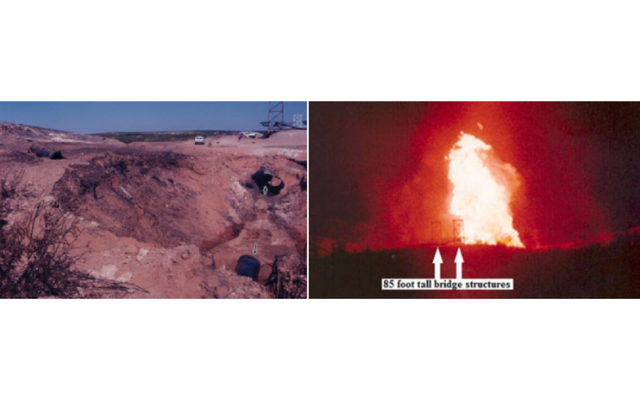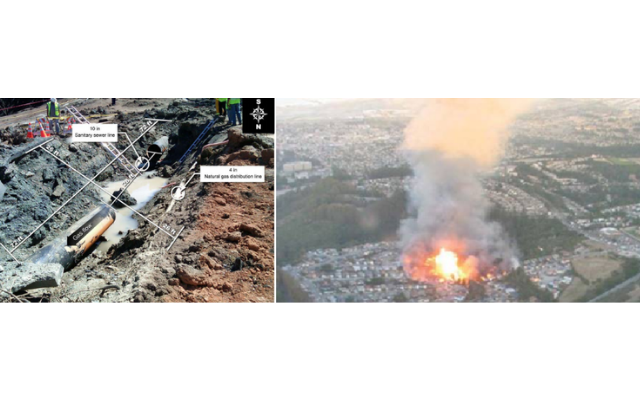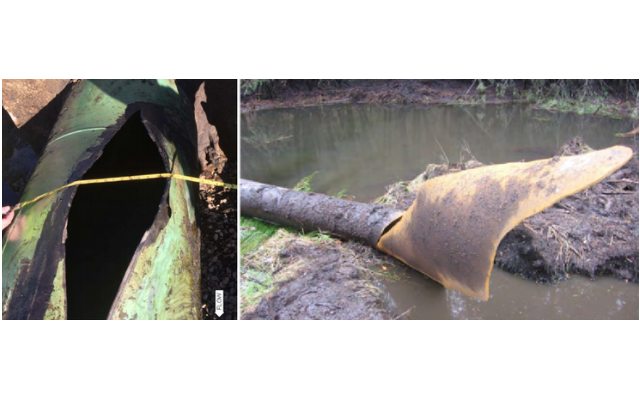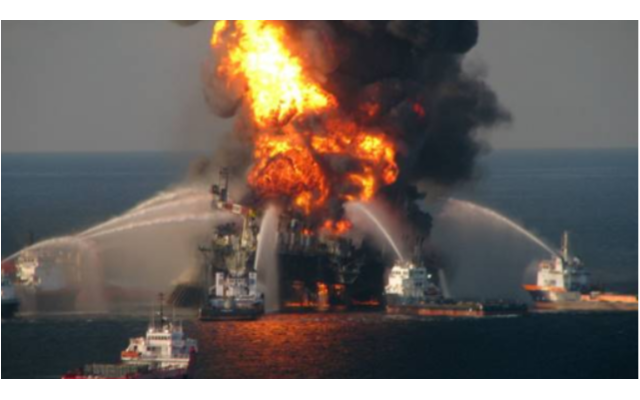Contributor: Robert A. Leishear, Ph.D., P.E.
Proven technology can be applied to understand and prevent ongoing oil and gas pipeline ruptures and explosions.
Distinct Leishear explosion and pipe stress theories explain the cause, effects, and prevention of most pipeline ruptures and explosions. The explosion theory proves that pressure changes in pipelines compress flammable gases to ignite them and blow apart pipelines (“Pump Start-ups Ignite Nuclear Power Plants, History, Law, and Risk”, by R. A. Leishear, 2018), where a few explosions are otherwise caused during maintenance activities, such as digging with heavy equipment. The pipe stress theory proves that valve closures in pipelines effectively magnify the pressures in pipelines to cause cracks (“Fluid Mechanics, Water Hammer, Dynamic Stresses, and Piping Design”, a textbook by R. A. Leishear, 2013), which lead to oil spills. Pressure transients from valve, pump, or compressor operations cause pipeline accidents. Together these two theories prove that pressure transients are the predominant cause for pipeline disasters in the petroleum industry
Severely injuring or killing people, five to ten gas pipeline ruptures and explosions occur every year in the U.S. petroleum industry, where several examples are provided as proof of principle for the theory presented here. Although not identified in prior accident investigations, many explosions share the same characteristics. Most importantly, photos prove that pipelines typically explode from the inside. To do so, air must be present inside the pipeline to explode flammable methane (the predominant flammable gas in natural gas), where methane cannot explode without oxygen. What then is the source of air to explode gas pipelines? The physics are rather simple – air is heavier than methane gas– and air will diffuse from the natural gas at low points in the pipeline, where air in the system may be introduced as trace quantities in the gas or may be introduced in larger volumes when the pipeline is opened to air for maintenance. Accordingly, gas pipelines collect air at low points in the pipelines, where methane and air mix. To explode this flammable gas mixture, pressure transients are adequate to explode gases inside pipelines without an independent spark source, where the heat of ignition is supplied by gas compression. Air plus methane plus compression yields heat and explosions. A survey of accidents quickly concludes that these conditions exist for oil and gas pipeline explosions.
Now consider gas pipeline explosion accidents. First, consider a Carlsbad, New Mexico explosion that killed twelve people who were located 675 feet (more than 2 football fields) from the explosion, where corrosion weakened the pipe wall prior to the explosion. However, corrosion did not cause the final rupture of the pipeline, and pressure transients were not investigated. The 113 foot long by 51 feet wide crater conclusively proved that air was present at a low point inside the pipeline to cause the explosion. The implication is that a pressure transient caused the explosion, where pressure measurements were inadequate to detect pressure transients. As a second example, intentional pressure transients were measured at the time of the San Bruno 1000 foot high explosion that killed ten people. That is, pressure transients were measured at the time of the explosion at a localized low point in the pipeline where air collected to explode methane natural gas. Now consider an Amherst, South Dakota pressure increase that exploded a gas pipeline when “the pressure had increased from 1,170 pounds per square inch gage (psig) to 1,352 psig”. Finding explosions with this common cause is easy. Simply find a government issued explosion report, look for the pressure transient, and the explosion cause is immediately apparent.
The cause of explosions for oil rigs is similar to gas pipeline explosions, where more than fifty oil rig explosions have occurred around the globe (“Explosions: A Fresh Look at Chernobyl, Three Mile Island, the Gulf Oil Spill, and Fukushima Daiichi”, by R. A. Leishear, 2013). As trapped oxygen from oil wells rises to the oil rigs above, the oil and oxygen explode. The common refrain of oil rig operators is “Swish, run, boom”, as the gases explode inside a pipe and burst up through the pipeline to the platforms where workers operate the oil rigs. The Gulf Oil Spill is the most well-known example of this explosion cause.
The common cause of oil pipeline ruptures and resultant oil spills is also apparent. However, for oil pipeline spills the rupture mechanism differs from pipeline explosions, even though pressure transients are still the common-mode failure cause. Slam valves are used by operators to quickly control oil flow between different pipeline operators, where numerous companies operate interconnected pipelines throughout the U.S. When these valves are slammed, high pressure waves travel at near sonic velocities throughout pipelines to cause fatigue failures over time. That is, the pipe walls are hammered until they eventually crack by repeated pressure transients, or slam valve closures. The primary differences between these pipeline breaks and pipeline explosions are that flammable gases are not ignited and pressures to cause cracks are lower than explosion pressures. A brief survey of oil pipeline ruptures quickly reveals that pressure transients occur prior to oil spills. For example, a Michigan pipeline rupture spewed 843,000 gallons of crude oil into the Kalamazoo river. Once again, opening nearly any government report on oil spills will find that pressure transients preceded pipeline breaks and consequent spills.
How can these accidents be stopped? Stop the pressure transients. For oil spills, operator training will be required. If the pipeline is not hammered it will not break. For explosions, additional monitoring will be required, along with operations changes. Monitoring can locate explosive gas combinations of air and methane, and operations can control the pressure transients to decrease temperature increases, which ignite flammable gas explosions. These last recommendations are perhaps the most difficult and expensive to implement due to the complex relationships between pressure transients and explosions. Even so, a path forward is available to stop most oil spills and pipeline explosions.
About the Author
Robert A. Leishear, Ph.D., P.E. is an ASME engineering text book author, a Senior Internal Corrosion Technologist, a welder, a Fellow with the American Society of Mechanical Engineers (ASME), and served as a Principal Investigator for research engineering at Savannah River National Laboratory. Since then, he has spent years of volunteer research to stop explosions and pipeline ruptures at a personal cost in excess of $130,000. Dr. Leishear’s credentials are documented at leishearengineeringllc.com.







